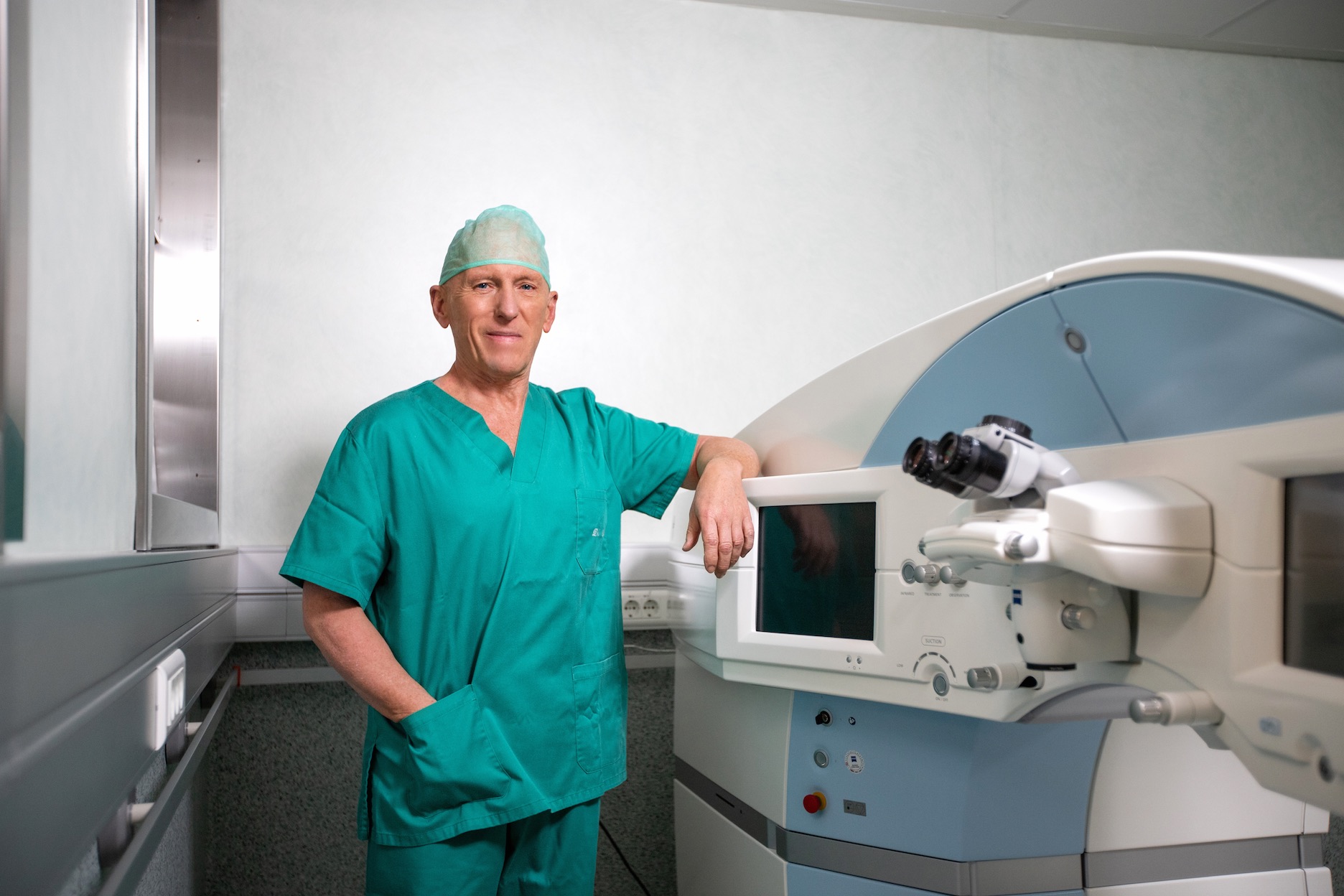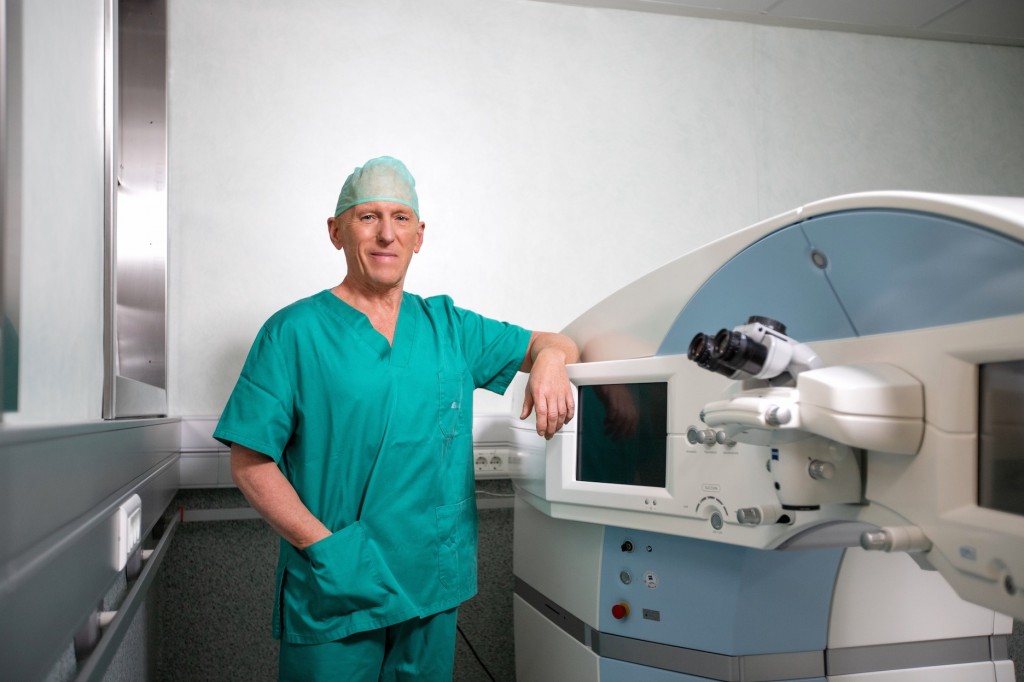
 The COVID-19 pandemic is affecting our population in an unexpectedly intense and prolonged way. As a consequence, eye complications are appearing and warnings related to some of the problems that arose at the beginning of the pandemic are being ignored. All of this has had a negative impact on eye care and eye surgery.
The COVID-19 pandemic is affecting our population in an unexpectedly intense and prolonged way. As a consequence, eye complications are appearing and warnings related to some of the problems that arose at the beginning of the pandemic are being ignored. All of this has had a negative impact on eye care and eye surgery.
The eye is the target organ for COVID-19 because angiotensin-converting enzyme receptors are located on the surface of the conjunctiva but, surprisingly, not in the cornea. That is why the conjunctiva is directly exposed to coronavirus, which makes an eye an important portal of entry for the virus. This does not occur in the cornea, which due to its surface receptors and anatomy proves to be an impenetrable shield for the virus. Hence, it appears that 30% of those infected with COVID-19 suffered from conjunctivitis and had the virus in their tears and could have transmitted it to other people as has been demonstrated in a number of scientific studies.
In more advanced stages of the disease, in cases of severe inflammatory phenomenology (cytokine storm or inflammatory storm), a patient would again have a red eye but this time there would be no virus in the tears, but rather conjunctival irritation related to the patient’s general poor condition. In this case, severe eye irritation in patients with signs of pneumonia is a sign of the severity of the illness.
Moreover, it has been found that other structures of the eye are also affected by the virus, although very marginally. It should be also mentioned that it is more difficult to infect a patient if he or she wears glasses. So, in places with a high risk of infection (especially hospitals, places where patients are in enclosed spaces such as nursing homes, etc.) the use of protective eyewear is recommended. Studies conducted in China show that people who wear glasses contract COVID-19 up to 30% less often compared to people who do not wear glasses, which proves the effectiveness of glasses as a preventive measure.
Long-term mask wearing can also affect eyes. The proximity of some models to the eyes, especially when they go up very close to the lower eyelid, has been making glasses usage very uncomfortable (this is the ideal time to wear contact lenses or undergo a surgery for myopia correction or any other refractive issues the patient may suffer from). Moreover, it has been proven that blepharitis and dry eye symptoms can be caused by long-term mask wearing. These minor diseases are very uncomfortable and annoying. They affect people in their workplace and cause discomfort which requires attention. Using eye drops with a suitable composition, applying hydrating eye cream on the lower eyelids and choosing a mask that is not too close to the eyes are very important elements of eye hygiene, especially now, when we are facing such a long period of mask wearing due to the evolution of the epidemic.
Finally, which safety measures are important in eye surgery during the COVID-19 epidemic? First of all, the operating theatre should be safe, which is common in all Spanish hospitals. All the patients must undergo triage and body temperature measurement before entering the hospital. If intubation or general anaesthesia is required, the patient must undergo a PCR test, at least 48 hours before the procedure, and present a certificate of negative test result. Once in the operating theatre, healthcare professionals will take the necessary measures according to the COVID-19 protocols, which are now mandatory to ensure the safety of the healthcare professionals themselves and the patients who come to the clinics. Eye surgery is safe as long as it is performed in a place that meets safety standards and protects both health-care workers and patients.
Fortunately, ophthalmic manifestations of COVID-19 are not significant at the moment and don´t have any particular implications other than those typically present after viral conjunctivitis, which are self-limited. Awareness of preventive care can help keep the eyes healthy, avoid the infection and prevent subsequent virus spread. Application of preventive measures, knowledge of ophthalmologic manifestations, hygiene regulations and prudence are the best measures to adhere to currently.
Take care of your eyes during the pandemic.
Professor of Ophthalmology at the Miguel Hernández University
Vissum Ophthalmological Institute of Alicante, Grupo Miranza
